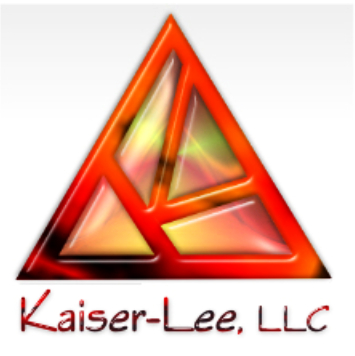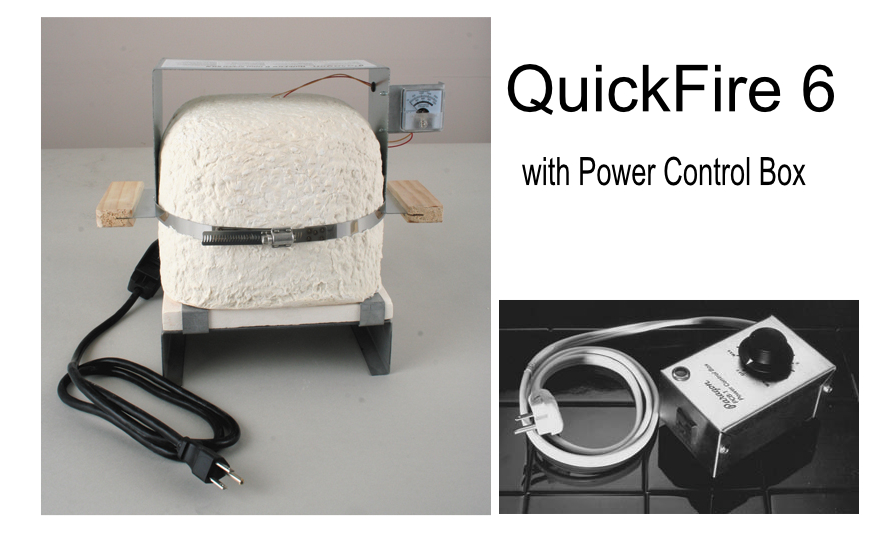This summer is dedicated to glass experiments. Every year I think I have a lot of time in the summer to experiment. But with all the traveling and teaching the summer is always over so quickly. So this year we took a break and are enjoying the time in our studio.
Here is a fun experiment I am so excited about that I want to share it with you. Inspired by Marcia Bernadette’s eBook and a technique Toni Glander explained in an article many years ago, I wanted to stretch a piece of glass without any mold or shelf marks. Marcia said in her book that she wanted to achieve a blown glass look in kiln formed glass. That brought back Tony’s idea of suspending the glass with fused in wires.
Since weeks I have done several experiments to stretch glass for thin glass shards, also known as confetti. So when I started this experiment I still had shards on my mind.
I also wanted to see if I could make opal glass look a bit more translucent by adding lots of clear. Since it was an experiment that I thought might end up in a big mess (like several others) I did not give the design a lot of consideration. Just wanted to use some nice Wissmach 96 colors that together would make a good color combination, stretch it thin and later use it as design elements in other pieces. But since I also wanted to dilute the opaque glass, I ended up with 3 layers and they won’t stretch thin in a 5” deep set up.
The long wires are fused into each corner and wrapped around the mandrel. The next thought was – “How could I secure the whole setup from collapsing onto the kiln floor?” The third mandrel was the solution and it won’t get stuck on the glass, I wrapped it with a few rounds of Papyros Paper.
Sorry, this is not a full “How To” article, since I have to do some more experimenting before I can publish a tutorial on this subject.






















































 Have you ever been to the TGK Glass Fair in Germany. We will be there for the first time in May this year.
Have you ever been to the TGK Glass Fair in Germany. We will be there for the first time in May this year.